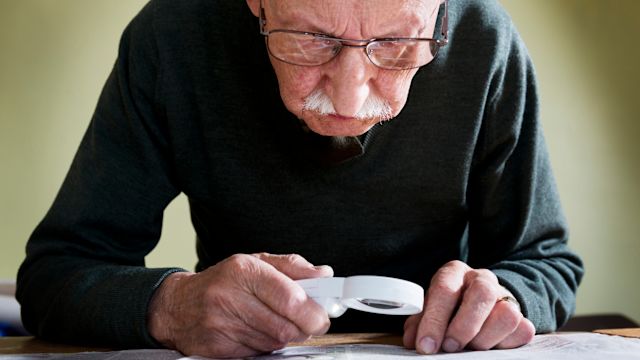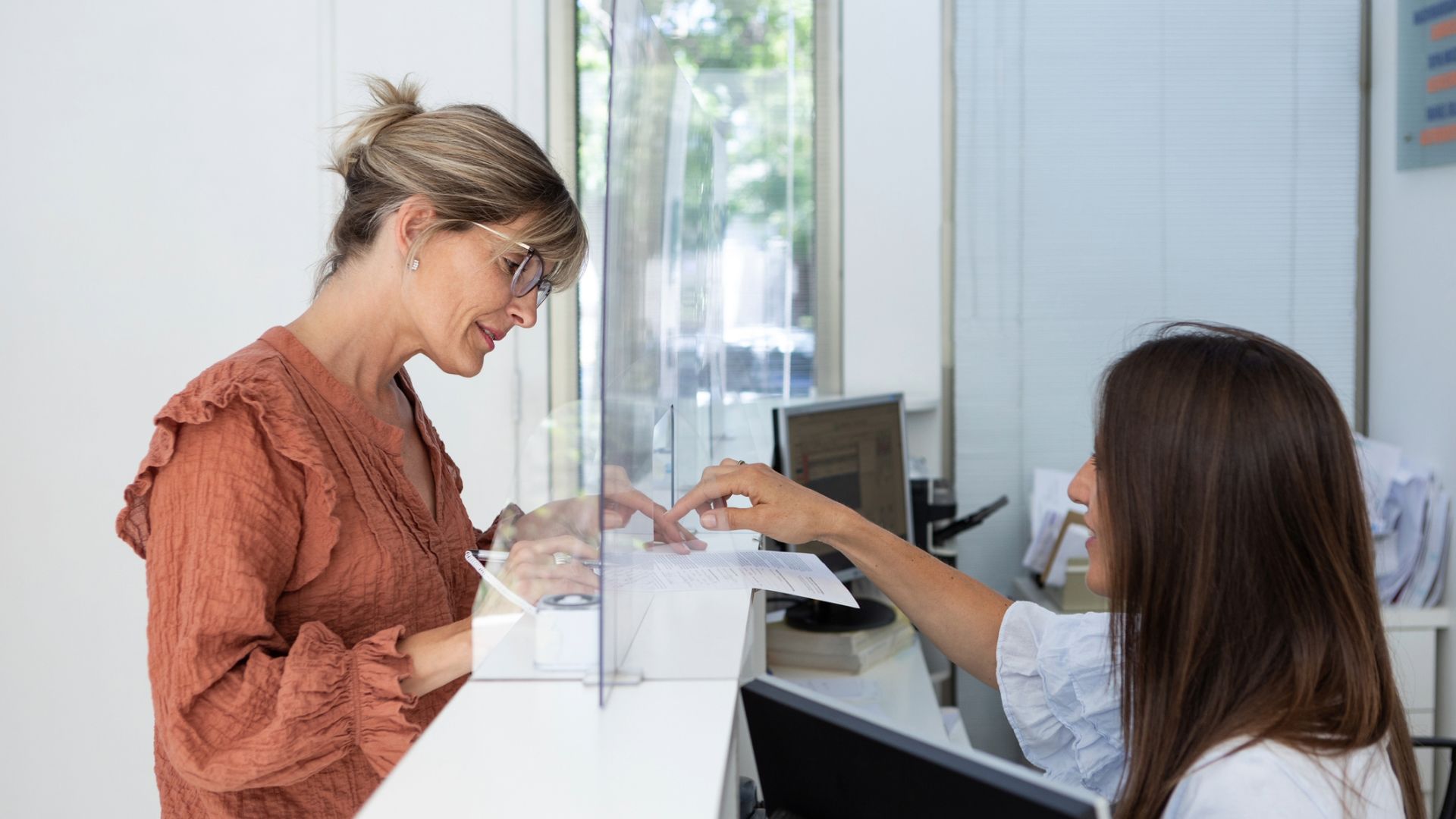Updated on July 1, 2025
Age-related macular degeneration (AMD) is the leading cause of vision loss in older adults in the United States. The type of vision loss that occurs with AMD is called central vision loss, where the center of a person’s vision becomes impaired while the outer edges of the vision (called peripheral vision) remain clear.
People experiencing central vision loss will have a blurry area at the center of their vision. Some may also have blind spots at the center of their vision. This can make it difficult to drive, read, watch television, and perform tasks that require attention to visual detail. While AMD will not cause complete blindness, it can result in legal blindness.
If you or a loved one has AMD, there are steps you can take to protect and preserve your vision. There are also a number of ways to cope with vision that has become impaired.
Protecting your vision
The first step to protecting your vision is working with a healthcare provider. You will want to work with an ophthalmologist, a medical doctor who specializes in the treatment of eye diseases like AMD. A number of tests will be performed to assess your vision and look for structural changes in the eye.
Depending on the type of AMD you have, your ophthalmologist may discuss treatment options. There are two types of AMD—called dry AMD and wet AMD. Dry AMD is the more common type, accounting for 80 to 90 percent of cases. Wet AMD is less common, but more severe. There are no known treatments for dry AMD, but nutritional supplements are sometimes prescribed, and may help slow the progression of the disease. There are treatments available for wet AMD, which can slow the progression of vision loss, and may even restore some reading vision acuity for some people.
Additionally, your ophthalmologist may discuss changes to lifestyle and nutrition. If you smoke, quitting is advised, as it will benefit your eyes and vision (as well as your overall health). Nutrition may also play a role in slowing the progression of AMD—as mentioned in the previous paragraph, your healthcare provider may recommend changes to your diet or dietary supplements. Always consult your healthcare provider before taking any nutritional supplement.
Because AMD is associated with other health conditions—including cardiovascular disease, high blood pressure, and obesity—it is important to work with your other healthcare providers to manage you overall health and other health conditions.
Coping with vision loss
There are a number of optical devices and simple strategies that can help you cope with vision loss. These include:
- Eyeglasses, magnifying glasses, and stand magnifiers.
- Watches and clocks with large numbers and high contrast colors.
- Phones, computers, and other devices with large text and text-to-speech capabilities.
- Large-print books and newspapers.
- Adding more lighting or brighter lighting to your home
The use of these devices and strategies can be very helpful when paired with a visual rehabilitation program. Visual rehabilitation is like physical or occupational therapy for your eyes. You’ll work with a team of professionals who will help you find strategies for using the vision you have to complete everyday tasks, achieve goals, and maintain independence.
Medically reviewed in October 2019.





